In March 2000, when Bruce Bernard lay dying of cancer in his flat in King’s Cross, Lucian Freud took a cab across London to see his friend. He wanted to show him a piece of work he was making and waited until everybody had left the room before he did so. It was to Bruce alone that he meant to show it. The depth of the friendship that existed between these two very private men helps to explain why Bruce Bernard’s photographs of Lucian Freud are among the best taken of the painter. With the exception of John Deakin, it is impossible to think of another photographer for whom Freud would have metamorphosed into a sculpture by Henry Moore, or for whom he would have performed a headstand on his studio bed.
Bernard’s photographs of Freud and the models who posed for him comprise a series of prints, currently at Alex Vardaxoglou Gallery, which were made by Bernard in the mid to late 1990s for a friend and which have recently resurfaced. From the 1980s onwards Bernard photographed not only Freud, but also other close artist friends including Francis Bacon, Michael Andrews, Euan Uglow and Frank Auerbach. ‘Bernard captured not just famous men, but also their self images, their anxious presences,’ wrote Adrian Searle in his obituary of Bernard for the Guardian. A stalwart of Soho in the 1950s and ’60s when it was, as he once said, ‘a more literary place’, Bernard’s first ambition was to be a painter. Through a series of twists and turns, he became picture editor of the Sunday Times magazine in the 1970s.
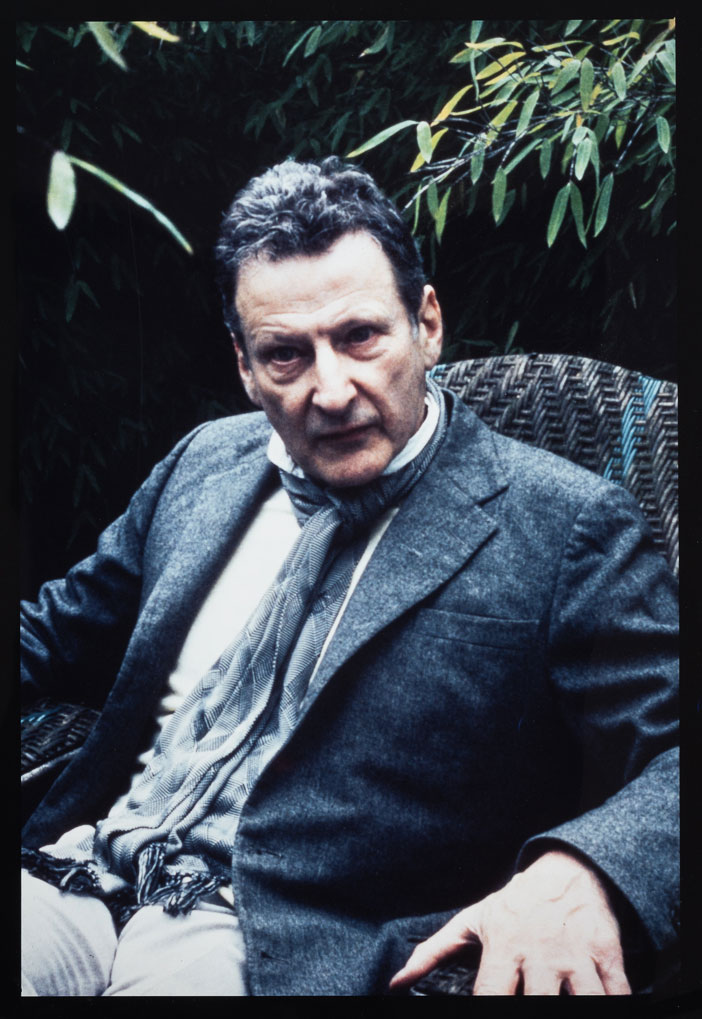
Lucian Freud in his studio (1983), Bruce Bernard. Courtesy Virginia Verran and Alex Vardaxoglou, London; © The Estate of Bruce Bernard
Bruce Bernard was my friend: I miss him still. He was the grandest, kindest and wittiest man. He could also be the most explosive, but his rages rolled like thunder and were gone. He was the greatest picture editor on earth with the eye of a poet and he wrote on painting and photography in an inimitable style. His gift for finding the most extraordinary photographic images whether by Julia Margaret Cameron or the anonymous author of a French picture postcard was, and remains, unparalleled.
When making photographs Bernard worked unencumbered and always travelled light: a Contax in his pocket that would be produced as if by magic, a Nikon and tripod in a bag. His relationship to his process was infused by such modesty that it amounted to a kind of smokescreen. He all but eschewed the idea that he was a photographer, let alone one of the best. Irving Penn, whose famous portrait of Francis Bacon Bruce thought the finest taken, once wrote to a mutual friend: ‘I’ve known Bruce Bernard’s photographs (and admired them) for years.’ And to the painter Virginia Verran he wrote: ‘I never set eyes on Bernard but did admire him for his effect on both Freud and Bacon. And his modesty. I was not aware that he ever beat his own drum, although his talent was real.’
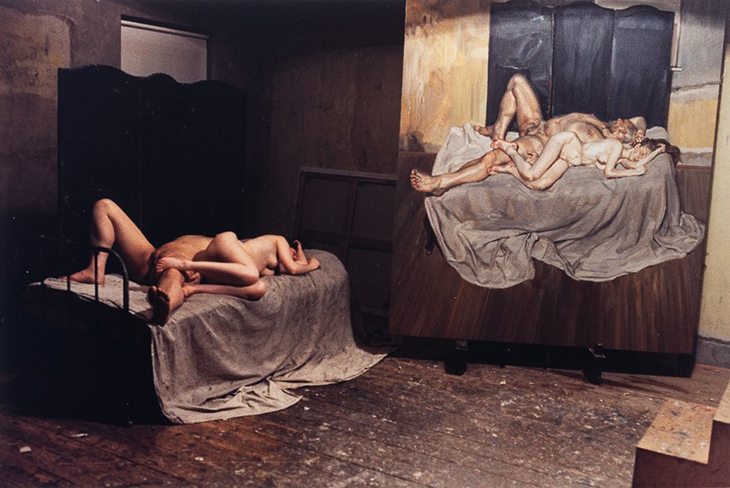
Leigh Bowery and Nicola Bateman posing for ‘And the Husband’ (1), 1993 (print; 1999), Bruce Bernard. Courtesy Virginia Verran and Alex Vardaxoglou, London; © The Estate of Bruce Bernard
Some years ago I walked through the new hang in the photography wing at the V&A. I walked past the Fox Talbots and the Julia Margaret Camerons, past the Cartier Bressons and works by Diane Arbus, André Kertesz and William Klein, until I turned a corner and saw Bernard’s triptych made in Freud’s studio in 1993. In these images, taken from different angles, Leigh Bowery and Nicola Bateman lie naked on a bed, close together: almost, but not quite, entwined. The title of the painting, And the Bridegroom, is taken from a line in A.E. Housman’s poem ‘When I watch the living meet’; Bernard sometimes called his triptych And the Husband. In the photographs, taken under the light of Freud’s studio bulb, soft browns and ochres merge. So still are these images, it is as if the photographer barely exists. It struck me at the time that these were some of the most beautiful photographs Bruce ever made. They still seem that way to me now.
It is as if Bernard were a photographer-pilot, sailing in one of the balloons in Michael Andrews’ Lights series. For Andrews, in these monumental paintings, the balloon symbolised what the British Buddhist Alan W. Watts called the ‘skin-encapsulated ego’. Bernard allowed himself to rise to a point where he was entirely free of the constraints by which other so-called photographers might work. His pictures contain no trace of ego. He is simply using the camera as a portal through which his subject might be conveyed.
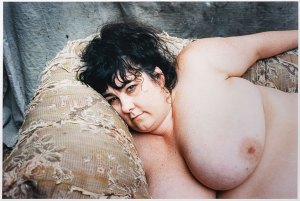
Sue Tilley resting in Lucian Freud’s studio (1995), Bruce Bernard. Courtesy Virginia Verran and Alex Vardaxoglou, London; © The Estate of Bruce Bernard
Bruce could be terribly silent. But his silences were always profoundly consoling. Looking at his photographs again I am aware of how particular his engagement with his subjects was. In one image Sue Tilley, naked and self possessed, looks into the camera with great tenderness and ease. In another Bruce has caught Freud, as it were, in a state of nervous agitation half sitting in, half rising from, a garden chair: as if he might break the bounds of the picture frame itself. In these images something of Bruce’s reassuring and stoic presence is conveyed.
Weeks and months might pass without seeing or hearing from Bruce. And then he would reappear, sometimes suddenly and unexpectedly. Once, in the summer of 1997, while I was waiting for a train to Paris at the Eurostar terminal at Waterloo, a static-filled tannoy started up with the words: ‘Would Bruce Bernard please go to the information desk… Bruce Bernard, please go to the information desk… Bruce Bernard…’ As I looked across the concourse I wondered about the odds of knowing the person whose name is called out over a PA system. Ten minutes later I saw Bruce in the queue waiting to board the same train. ‘What was that all about,’ I asked him. He had gone to buy a newspaper and left his bag in the shop. ‘They thought it was a bomb,’ he explained. We spent most of the journey drinking small cans of beer in the bar on the train. Halfway through the journey Bruce produced a camera from his pocket and asked if he could take my picture. I suggested I take one of him too. Bruce disliked having his picture taken but allowed it. It was one of only two photographs of Bruce I ever managed to take. The train pulled into Paris and I lost him in the crowd.
‘Lucian Freud & Bruce Bernard’ is at Alex Vardaxoglou until 22 September.
Toby Glanville’s photographs are currently showing in On Happiness at the Wellcome Collection in London.
Unlimited access from just $16 every 3 months
Subscribe to get unlimited and exclusive access to the top art stories, interviews and exhibition reviews.

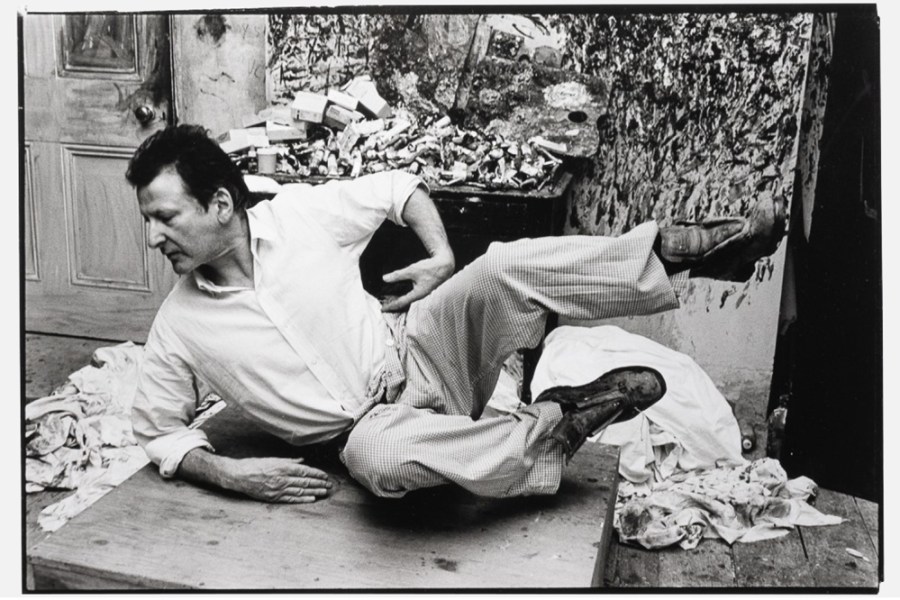
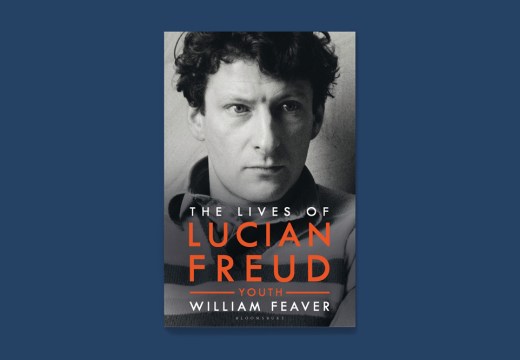
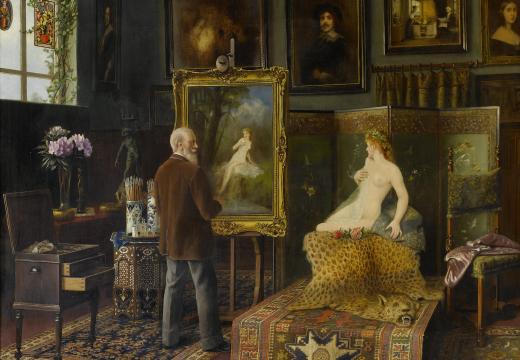
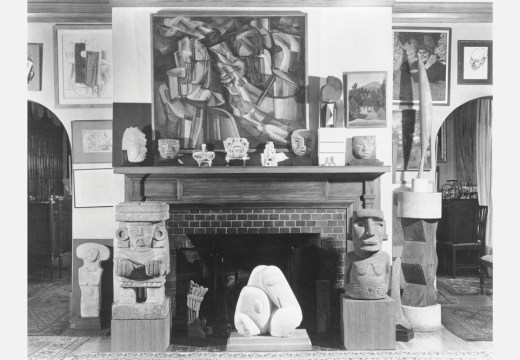









![Masterpiece [Re]discovery 2022. Photo: Ben Fisher Photography, courtesy of Masterpiece London](http://www.apollo-magazine.com/wp-content/uploads/2022/07/MPL2022_4263.jpg)
It’s time for the government of London to return to its rightful home